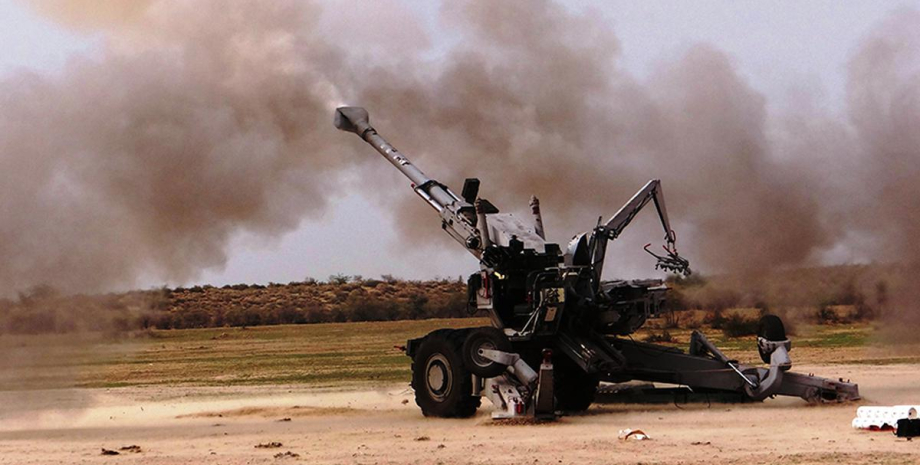
 By Natali Moss
By Natali Moss
Observing these events, many countries have begun to modernize their armed forces based on information obtained during this conflict, Forbes writes. The publication notes that India has made several major initiatives to improve its military systems, removing the key from the lessons of the Russian-Ukrainian war. The northwestern border of India borders on Pakistan, and the northeast border with China, both of which have a tense relationship with the country.
India and Pakistan held a series of four wars, the latter of which occurred in 1999. Their current relations are hostile, writes Forbes, they are fueled by territorial disputes, terrorism and violations of the ceasefire regime, and only nuclear restraint prevents a full -scale conflict. Meanwhile, numerous regions along the border of India with China 2167 miles have been the subject of controversy since the 1960s after the Chinese-Indian War.
These disputes continue to lead to periodic armed clashes, the latter of which occurred in December 2022. India, trying to improve the protection of these borders, took some lessons from the Russo-Ukrainian War, which especially emphasized the importance of confrontation. Maintaining a confrontation allows the defenders to aim and neutralize the threats before they are able to approach the impact zone, creating a buffer zone that complicates any offensive impulse.
The formation of offensive troops, such as supply warehouses and command points, should be located far beyond this buffer zone. Thus, the attacking forces should cross this extended area, giving a long distance at a long distance, which leads to significant losses before they can enter defensive positions.
Both the Russian and the Ukrainian military successfully reached this confrontation, say in the edition, using the fire of artillery in combination with the blows of drones, actually interrupting the offensive operations of the enemy. Considering the importance of artillery, India has accelerated its efforts to modernize its artsystems. Like Ukraine, India standardizes its heavy artillery up to 155 mm, which most western countries use.
The Indian arsenal already includes some 155mm artillery installations purchased in Sweden and the United Kingdom. In addition, India tries to replace many of its old 105mm guns, which were used along the Pakistani border, with new 155-mm howitzers Dhanush. Meanwhile, the organization of defense research and development continues the initiative to develop a 155-mm advanced towing artillery gun system to replace the 130mm M-46 field gun.
Developing decades are going to field action, as India plans to deploy advanced ghooty howitzers of 155 mm atags along the Chinese-Pakistani border. In addition, ATAGS modification efforts are ongoing to be installed on vehicles. Although artillery was a dominant system of weapons in the Russian-Ukrainian war, it is also characterized by increasing use of drones. Unmanned aerial vehicles were used to target and draw accurate blows, often in combination with artillery to support confrontation.
India's unmanned aerial vehicles are limited and consists mainly of Heron's unmanned aerial vehicles, average long -term long -term systems purchased in Israel. India implements three separate initiatives to expand the capabilities of its drones. First, it buys 31 MQ-9 Reaper drone in the United States to enhance the possibilities of observation and the task of blows. Secondly, India develops its own medium-off unmanned aerial vehicles for long-term Rustom operation.
Finally, India, in partnership with Israel Aerospace Industries, modernizes its existing drones by Heron, improving their sensors and resistance to drone control systems. Both Russia and Ukraine are increasingly using drones-Kamikadze to strengthen its artillery capabilities, which allows you to strike accurately. The Indian arsenal is currently included in the Harop Loitering ammunition, which is also purchased in Israel.
The HAROP load is approximately 23 kg, which makes it larger than Switchblades used by Ukraine, but less than Shahd-136 used by Russia. In addition, India makes efforts to increase its internal ammunition supplies. Artemon Aerospace, an Indian Aerospace Company, in partnership with Munitions India Limited developed an advanced ammunition system for the Armed Forces of India.










All rights reserved IN-Ukraine.info - 2022